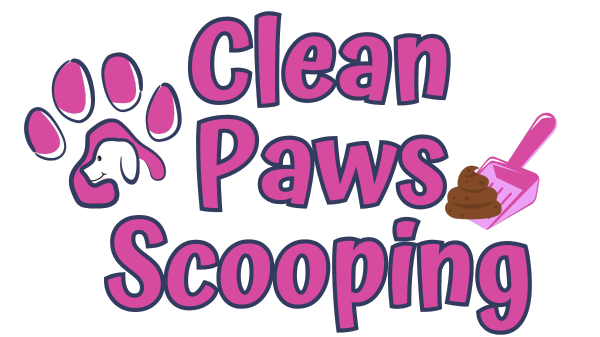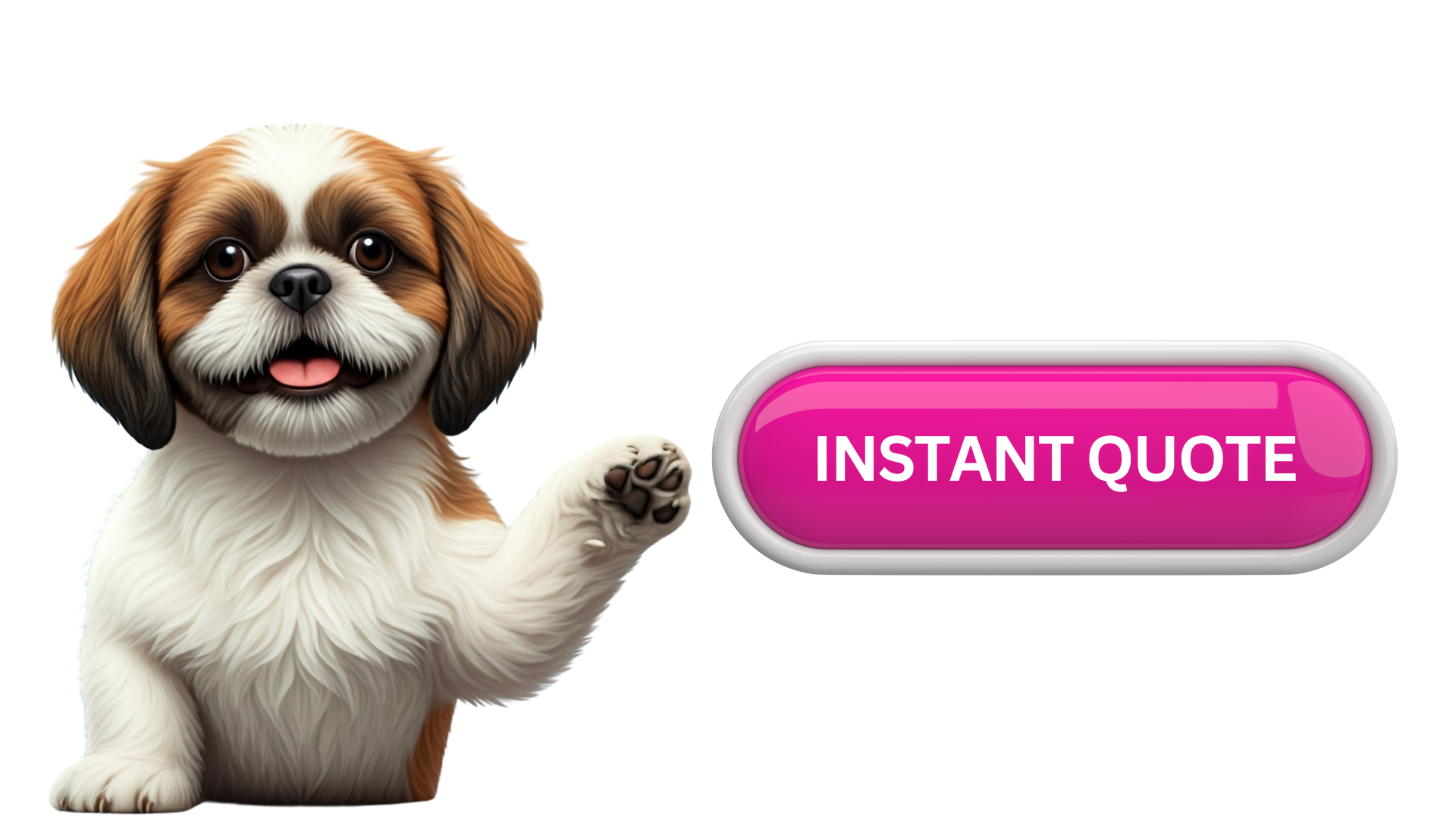How to Tell If Your Dog Is Happy: 7 Key Signs of a Happy Pup

All your friends think you’ve got the happiest dog on the block.
However, sometimes you wonder—is my dog actually happy, or am I just assuming they are?
How does that make you feel? Like you’re missing something? Like you wish they could just tell you?
Before you start overanalyzing every tail wag, let’s break down 7 clear signs that your dog is truly living their best life.
Grab yourself a cup of coffee (or a pup cup for your furry friend), and let’s dive in!
As a business owner and dog lover, I’ve met so many pet parents who truly want the best for their dogs but sometimes struggle to interpret their behavior. It’s easy to assume a wagging tail means happiness, but dogs communicate their emotions in so many ways beyond that.
A truly happy dog is healthy, engaged, and comfortable in their environment. If you’re unsure whether your pup is feeling their best, don’t worry—you’re not alone! By understanding these signs, you’ll gain confidence in knowing when your dog is happy and when they might need a little extra care.
Let’s take a look at the 7 biggest signs your dog is loving life.
Reason #1: Their Tail Tells the Story
- A loose, relaxed wag with a mid-height tail usually signals happiness.
- A high, fast wag can indicate excitement or even overstimulation.
- A slow wag with a stiff body may signal uncertainty.
- A low, tucked tail is usually a sign of fear or stress.
One of the best indicators of a happy dog is the full-body wag—when their tail moves so much that their entire body wiggles with it! That’s pure joy in motion.
Pro Tip: Keep an eye on your dog’s tail in different situations. Do they wag when they see you? When they’re playing? When they’re exploring new places? The more relaxed and natural their wagging is, the happier they likely are.
Reason #2: They Have a Healthy Appetite
A happy dog is usually an eager eater. While every dog has their preferences (and some are more food-motivated than others), a dog who consistently enjoys their meals is likely feeling good both physically and emotionally.
If your pup suddenly loses interest in food or becomes picky, it could indicate stress, illness, or even boredom with their diet. On the flip side, a dog who gets excited for mealtime, eats with enthusiasm, and finishes their food is showing signs of contentment.
To keep your dog’s meals exciting, try:
- Rotating protein sources (if their diet allows).
- Adding healthy toppers like bone broth or steamed veggies.
- Making mealtime fun with puzzle feeders or slow feeders.
Pro Tip: Changes in appetite can be a sign of underlying issues, so if your dog suddenly stops eating or seems disinterested in food, check in with your vet.
Reason #3: They Show Relaxed, Confident Body Language
Dogs express a lot through their body language. A happy dog will typically display:
- Relaxed ears (not pinned back or overly alert).
- Loose, wiggly movement rather than stiff or tense postures.
- A slightly open mouth with a soft, natural pant (not excessive or stressed).
- Eyes that look soft or even “smiley” rather than wide and tense.
If your dog approaches you with a relaxed posture, play bows, or rolls over for belly rubs, these are all great indicators that they feel safe and happy in their environment.
Pro Tip: Conversely, signs of stress—such as licking lips excessively, yawning when not tired, or avoiding eye contact—might mean they’re feeling uneasy.
Reason #4: They Enjoy Playtime and Exercise
Happy dogs love to play! Whether it’s chasing a ball, wrestling with a furry friend, or simply engaging in a game of tug, play is a natural way for dogs to express joy.
A dog who eagerly engages in play and shows bursts of energy during their daily exercise is likely feeling mentally and physically fulfilled. If your dog:
- Excitedly brings you a toy,
- Initiates play with other dogs,
- Zooms around the yard for fun,
…they’re showing clear signs of happiness!
However, a sudden decrease in interest in play or exercise could be a red flag for health issues or emotional distress.
Pro Tip: If your pup seems lethargic or uninterested in activities they once loved, it’s worth checking in with your vet.
Reason #5: They Sleep Well (and Often!)
Dogs sleep a lot—on average, 12–14 hours a day for adult dogs, and even more for puppies and seniors. But the quality of their sleep matters just as much as the quantity.
A happy dog will:
- Sleep deeply without frequent waking.
- Have a favorite cozy spot they return to.
- Wake up relaxed and refreshed.
Pro Tip: If your dog is restless at night, pacing, or having trouble settling down, they may be experiencing anxiety, discomfort, or even health issues. Keeping a consistent routine, ensuring their sleeping area is comfortable, and giving them enough physical and mental exercise during the day can all contribute to better rest.
Reason #6: They Seek Out Your Company
Dogs are naturally social animals, and a happy dog will want to be near their favorite people. Whether they follow you from room to room, snuggle up next to you on the couch, or greet you with excitement when you come home, these are all signs of a strong bond and a content pup.
However, if a typically social dog starts withdrawing or hiding, it could indicate stress, illness, or even depression. Changes in behavior are worth paying attention to.
Pro Tip: If your dog suddenly stops seeking affection or seems uninterested in interacting, a vet visit or lifestyle adjustment may be needed.
Reason #7: They Show Trust and Affection
One of the greatest signs of a happy dog is their ability to show trust. This can look like:
- Rolling over and exposing their belly.
- Leaning into you for pets.
- Gently licking your hands or face.
- Bringing you their favorite toy.
Dogs that feel secure in their environment will express affection in their own unique ways. Even independent breeds that aren’t overly cuddly will still have their little ways of showing they love and trust you—whether it’s sitting near you, making eye contact, or wagging their tail when you speak to them.
Pro Tip: A happy dog knows they are loved and safe. When your pup seeks affection, trust that it’s their way of saying, “I’m happy to be here with you.”
Key Takeaways
You may have noticed that all of these signs of a happy dog have one thing in common—they all stem from a strong bond, a healthy routine, and an environment where your pup feels safe and loved.
At first, it may seem overwhelming to ensure your dog is truly happy at all times.
Thankfully, I used to wonder the same thing. When I finally started paying closer attention to my own dog’s body language and daily habits, I realized how much she was already communicating with me—I just had to learn how to listen. Once I understood what made my pup happiest, I decided I wanted to help other pet parents feel confident in giving their dogs the best life possible.




